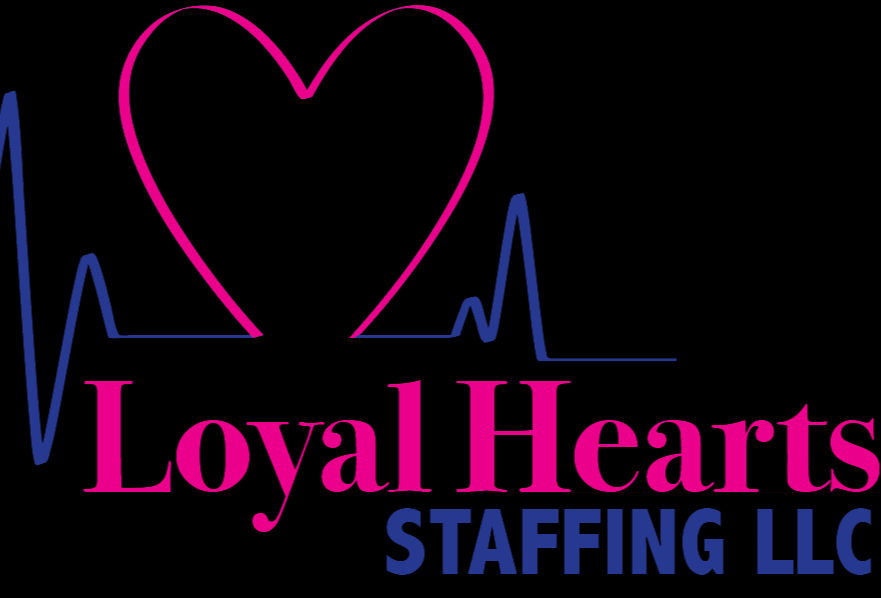Tips to prevent osteoporosis
- April Swanson

- Mar 1, 2023
- 3 min read
[et_pb_section fb_built=”1″ theme_builder_area=”post_content” _builder_version=”4.17.4″ _module_preset=”default”][et_pb_row _builder_version=”4.17.4″ _module_preset=”default” theme_builder_area=”post_content”][et_pb_column _builder_version=”4.17.4″ _module_preset=”default” type=”4_4″ theme_builder_area=”post_content”][et_pb_text _builder_version=”4.17.4″ _module_preset=”default” theme_builder_area=”post_content” hover_enabled=”0″ sticky_enabled=”0″]
Osteoporosis is a disease characterized by a decrease in bone density due to the loss of normal bone tissue.
This leads to a decrease in the bone’s resistance to trauma or load, resulting in fractures.
There are several steps that can be taken to keep bones healthy, strong, and slow bone loss.
The diet should provide all the calcium necessary for bone mineralization. This involves eating a healthy, balanced diet that includes dairy products.
Calcium is present mainly in dairy products, nuts, and fish.
When the diet does not guarantee an adequate amount of calcium, supplements should be administered. The administration of vitamin D is often associated with this, as it facilitates the absorption and utilization of calcium.
Regarding vitamin D, sun exposure is essential to obtain a good supply. Some experts believe that thirty minutes a day may be sufficient.
A reduced intake of these minerals and vitamins can predispose to bone disease.
It should not be ignored that in the infantile stage, an insufficient breakfast and the substitution of these elements of the diet for other less healthy ones can lead to the development of deficiency states.
These deficiency states produce anomalies even in the growth and strengthening of bones. However, such deficiency states can become acute again in adults and the elderly.
An inadequate diet can have an impact not only on bone health but also on the whole organism.
Amount of calcium needed in the diet
The recommended doses, especially for women, depend on age and other circumstances. In general, the following intake is recommended:
0 to 6 months – 360 mgr.
6 months to 1 year – 540 mgr.
1 to 10 years – 800 mgr.
10 to 24 years – 1200 mgr.
Adult – 800 mgr.
Pregnancy – 1200 to 1400 mgr.
Breastfeeding – 1200 to 1400 mgr.
Elderly – 1200 to 1600 mgr.
Physical exercise to prevent osteoporosis
Not exercising has an important influence on bone strength. A daily walk or gymnastic exercise may be sufficient.
Sedentary lifestyles lead to a decrease in bone mineralization due to inactivity. This inactivity produces a decrease in the strength and tension acting on the bone. Although it may seem contradictory, this pressure exerted on the bone has a revitalizing effect on it, stimulating the formation of new bone trabeculae.
A sedentary lifestyle also has many other consequences, for example on the cardiovascular system. This sedentary lifestyle can be the result of erroneous lifestyle habits, despising physical exercise even on a daily basis, often due to the excessive comfort that modern life can offer us.
This inactivity can be particularly acute in the elderly. This problem is exacerbated by the lack of opportunities and the isolation they may be subjected to.
On the other hand, the degeneration of the joints with the consequent appearance of osteoarthritis reduces the possibility of avoiding the lack of mobility. This, together with the pain that can appear as a consequence of small fractures that compromise the bone, increases the difficulty to move.
Healthy lifestyle
Fight against obesity and overweight: Overweight means a greater deterioration of the musculoskeletal system, with the appearance of phenomena of overload and joint injury.
It also seems that other factors are involved in the development of this disease such as genetic influences, rheumatic diseases, systemic inflammatory processes, tobacco and alcohol consumption, and so on… Some of them cannot be fought against, but those can be corrected with a healthy lifestyle.
Preventing falls
Falls are common in the elderly and their consequences include death, trauma, fractures, and prolonged hospitalization.
The three factors that most predispose to falls are a weakness of the hip muscles, increased instability, and excessive and inappropriate use of medications (sedatives, hypotensive, etc.).
Vision is particularly important for balance and stability in the elderly.
[/et_pb_text][/et_pb_column][/et_pb_row][/et_pb_section]








Comments